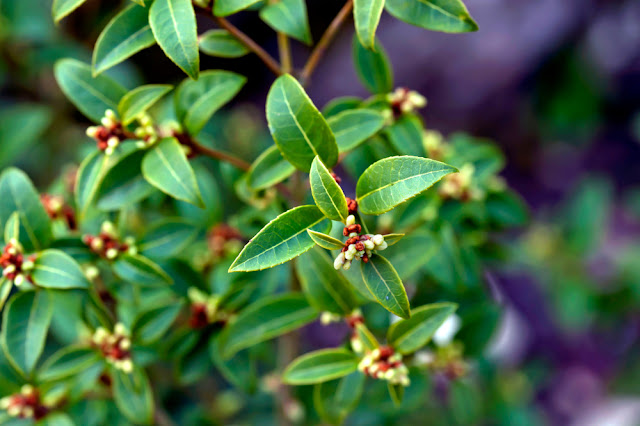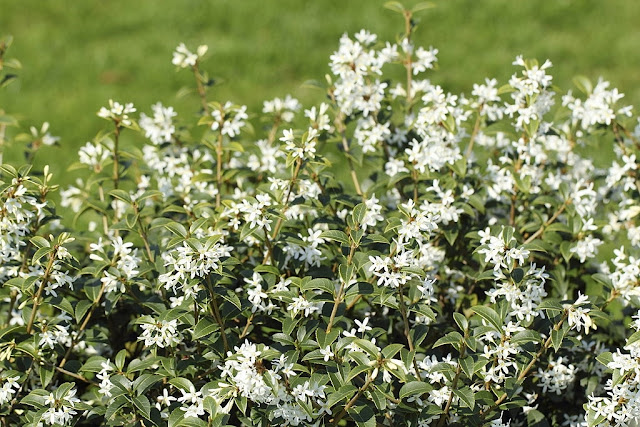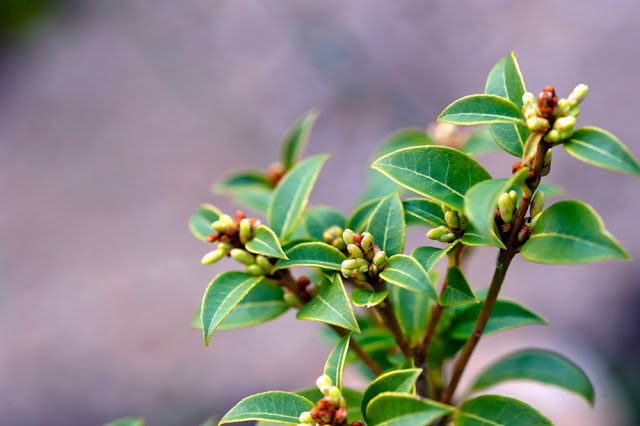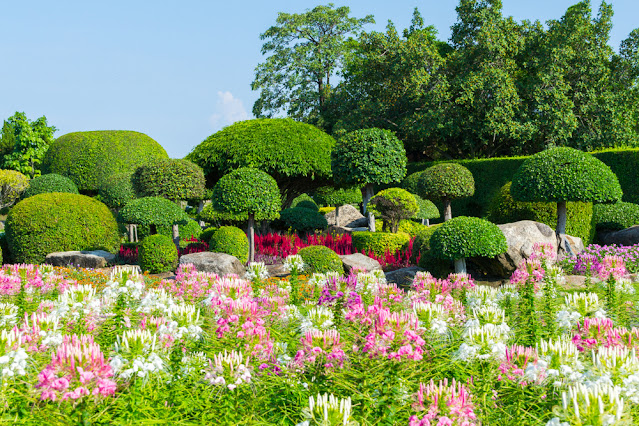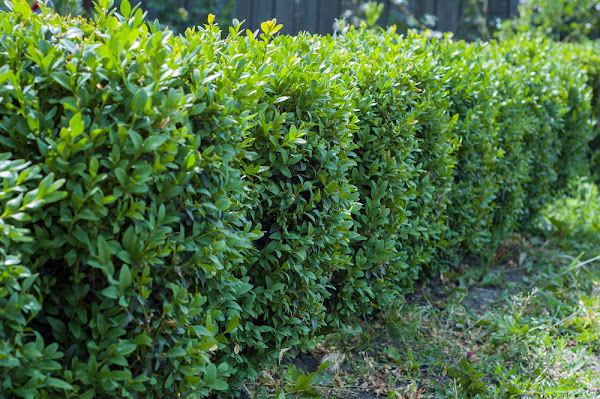Osmanthus Burkwoodii - The Fragrant and The Medicinal
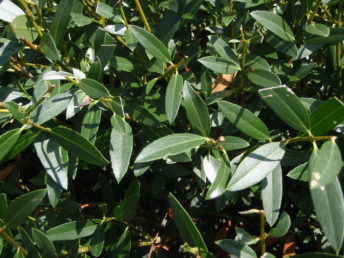
Osmanthus burkwoodii, sometimes referred to as the Imperial Lotus Blossom Tree, is known for its beautiful fragrance. This flowering tree is not only a breath of fresh air, but also has a long history of medicinal use. In traditional Chinese medicine, the flowers have been used for centuries to treat various illnesses including fever, rheumatism, bronchitis and coughs. See how this Asian plant can benefit you in this article! 1. The best time to plant Osmanthus Burkwoodii The tree is evergreen and is at its most beautiful in spring when its clusters of small white flowers are in bloom. The tree can be trimmed and trained to form a small tree or a large shrub. It is also the best time to plant the Osmanthus Burkwoodii in an outdoor garden. Certification Osmanthus plants respond well to direct sun, warm hours, and drought. The blooms can be beautifully magnified when left out in the sun for a few weeks. Propagation involves one growing season for seedlings and another for seedlings that
